Andrea Hayes is well known for her love of animals, but now she has taken this to a new level with Fota: Into the Wild on Virgin Media One. And it was because of this love for animals that she decided to pitch the programme to the channel.
“I’m really interested in conservation, ecology and eco-spirituality – the concept of nature being a form of spirituality for people. Animals have so much to teach us. I also think it’s really important to educate people on what’s happening on a global stage and the massive role that Ireland plays.”
Fota Wildlife Park is often associated with cheetahs, giraffes, lemurs and all of the exotic non-native animals as well as the conservation work done by the staff. While all of that is important did you know that Fota is also actively contributing to native Irish animals too?
Fota Wildlife Park worked with the National Parks and Wildlife Services to get farmers involved with natterjack toad conservation. This scheme requires farmers to dig ponds on their farms for the toads.
The natterjack toad is now confined to a small number of coastal sites in Co Kerry around the Dingle Peninsula, but they were previously much more widespread in Kerry. It is one of only three amphibians found in Ireland.
The toads breed in warm, shallow ponds that are relatively free of vegetation but the area around the pond is also important. Grazing around the ponds is vital to keep grass short to allow adult toads to forage.
The big animals are top-drawer, but for me it’s the little things like the natterjack toad or the red squirrel
Andrea experienced this scheme firsthand when filming the show.
“The big animals are top-drawer, but for me it’s the little things like the natterjack toad or the red squirrel that are equally as important stories to tell. So it’s not all about the giraffes or the big ticket animals, I just think that every piece of wildlife here has a really strong part to play.”
Head ranger Willie Duffy explains the part he and his colleagues in Fota play in the conservation of the toad.
For me, as much as it’s all about the exotics, it’s also about the native species
“The strings of eggs and tadpoles are collected and brought to us. We rear them. When ready they’re taken back to the wild to the park rangers and we release them. In the last three or four years there’s been about 3,000 toads released.
“For me, as much as it’s all about the exotics, it’s also about the native species. We need people on the ground, farmers and homeowners.”
We try to get it all as local as possible
In terms of the exotic animals what are they fed? The finest local produce they can source of course.
“We try to get it all as local as possible. We get hay from local farmers and browse (leaves and buds) for the giraffes from trees locally too,” Willie explains. The sloth is also a big fan of chomping on potatoes.
Another successful conservation programme Fota is involved in would be with the European bison. The European bison had been extinct in the wild, but through a re-introduction programme it has been brought back into the wild and are now considered “vulnerable” on the International Union for Conservation of Nature’s Endangered List, which is a step in the right direction.
Fota Wildlife Park has been part of a European breeding programme since the first bison arrived at the park in 1999. Three calves from Fota have been re-introduced into the wild within a national park in Poland. The bison are grazers, and have been reported to have sampled farmers crops when they come down to the low ground in the winter time.
Read more
Living Life: travelling services to warm your bones
Living Life: eating the elephant bit by bit
Andrea Hayes is well known for her love of animals, but now she has taken this to a new level with Fota: Into the Wild on Virgin Media One. And it was because of this love for animals that she decided to pitch the programme to the channel.
“I’m really interested in conservation, ecology and eco-spirituality – the concept of nature being a form of spirituality for people. Animals have so much to teach us. I also think it’s really important to educate people on what’s happening on a global stage and the massive role that Ireland plays.”
Fota Wildlife Park is often associated with cheetahs, giraffes, lemurs and all of the exotic non-native animals as well as the conservation work done by the staff. While all of that is important did you know that Fota is also actively contributing to native Irish animals too?
Fota Wildlife Park worked with the National Parks and Wildlife Services to get farmers involved with natterjack toad conservation. This scheme requires farmers to dig ponds on their farms for the toads.
The natterjack toad is now confined to a small number of coastal sites in Co Kerry around the Dingle Peninsula, but they were previously much more widespread in Kerry. It is one of only three amphibians found in Ireland.
The toads breed in warm, shallow ponds that are relatively free of vegetation but the area around the pond is also important. Grazing around the ponds is vital to keep grass short to allow adult toads to forage.
The big animals are top-drawer, but for me it’s the little things like the natterjack toad or the red squirrel
Andrea experienced this scheme firsthand when filming the show.
“The big animals are top-drawer, but for me it’s the little things like the natterjack toad or the red squirrel that are equally as important stories to tell. So it’s not all about the giraffes or the big ticket animals, I just think that every piece of wildlife here has a really strong part to play.”
Head ranger Willie Duffy explains the part he and his colleagues in Fota play in the conservation of the toad.
For me, as much as it’s all about the exotics, it’s also about the native species
“The strings of eggs and tadpoles are collected and brought to us. We rear them. When ready they’re taken back to the wild to the park rangers and we release them. In the last three or four years there’s been about 3,000 toads released.
“For me, as much as it’s all about the exotics, it’s also about the native species. We need people on the ground, farmers and homeowners.”
We try to get it all as local as possible
In terms of the exotic animals what are they fed? The finest local produce they can source of course.
“We try to get it all as local as possible. We get hay from local farmers and browse (leaves and buds) for the giraffes from trees locally too,” Willie explains. The sloth is also a big fan of chomping on potatoes.
Another successful conservation programme Fota is involved in would be with the European bison. The European bison had been extinct in the wild, but through a re-introduction programme it has been brought back into the wild and are now considered “vulnerable” on the International Union for Conservation of Nature’s Endangered List, which is a step in the right direction.
Fota Wildlife Park has been part of a European breeding programme since the first bison arrived at the park in 1999. Three calves from Fota have been re-introduced into the wild within a national park in Poland. The bison are grazers, and have been reported to have sampled farmers crops when they come down to the low ground in the winter time.
Read more
Living Life: travelling services to warm your bones
Living Life: eating the elephant bit by bit




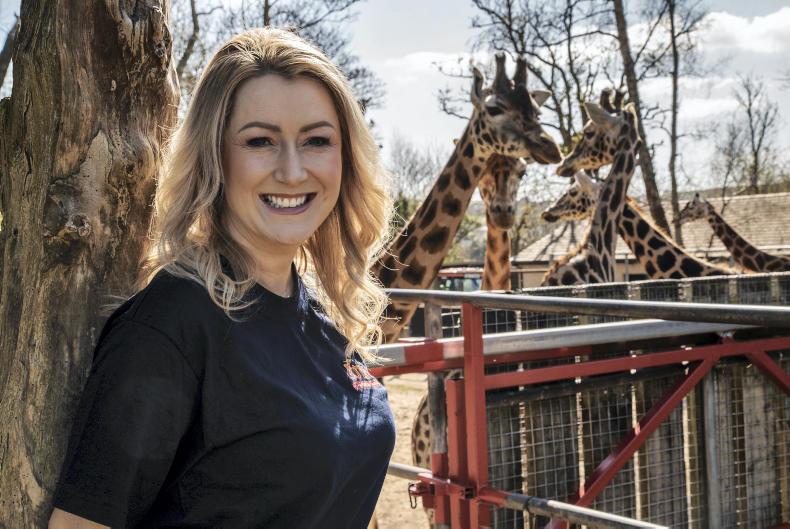
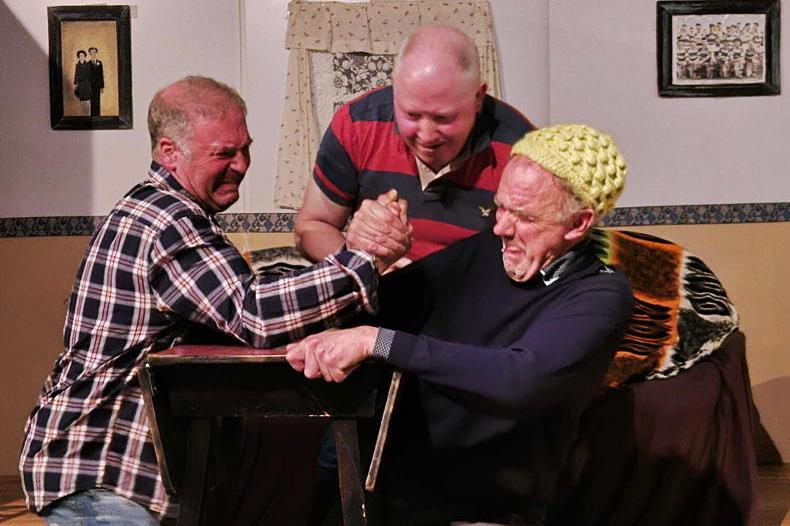

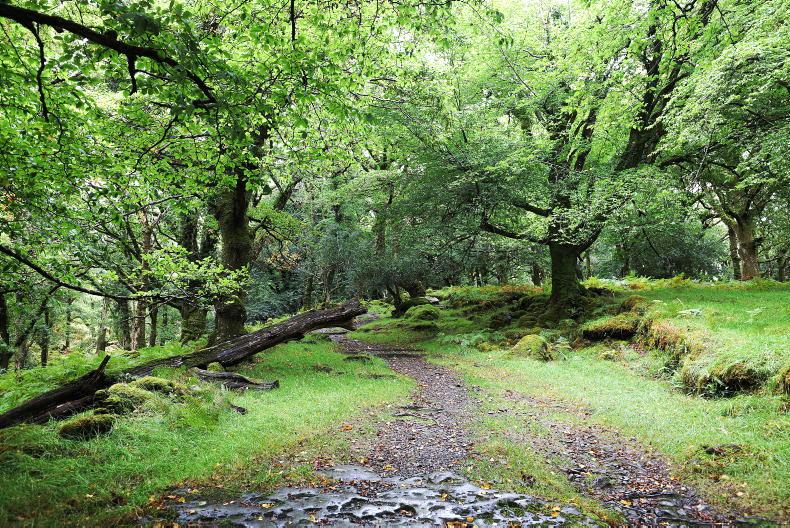
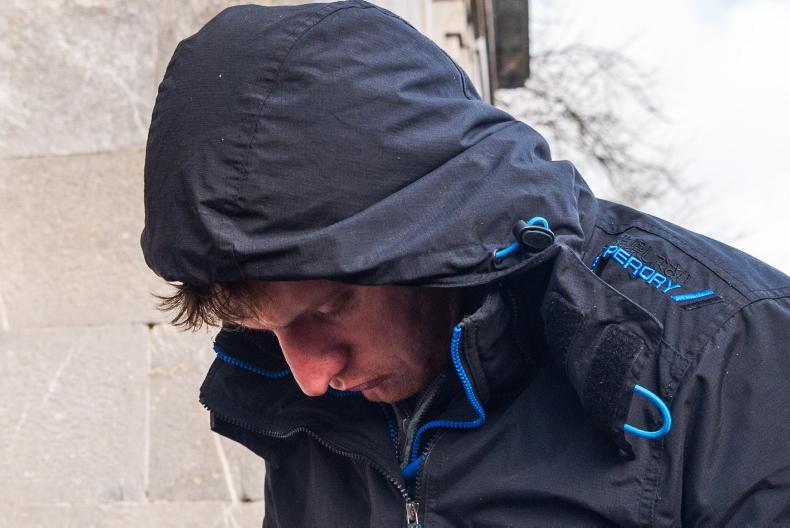
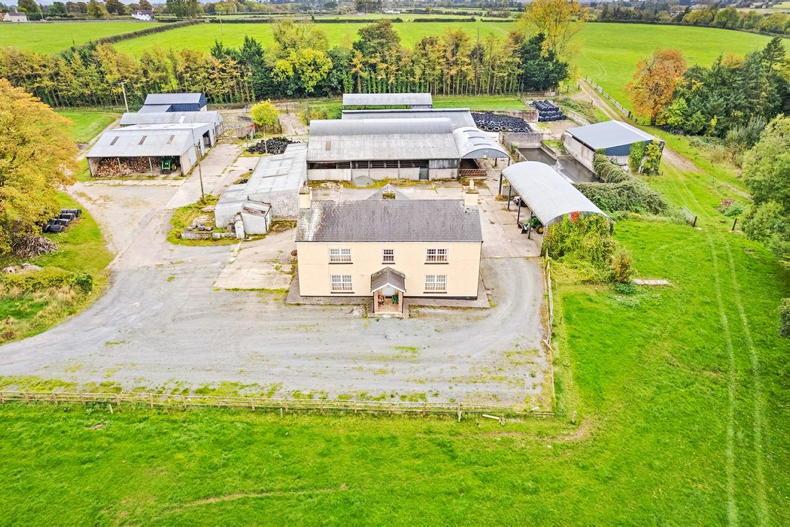
SHARING OPTIONS